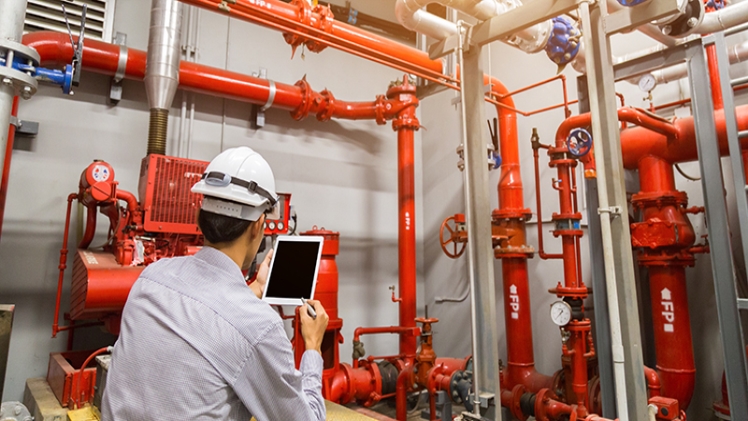Fire safety is a critical concern that transcends boundaries, affecting both residential and commercial spaces. The efficiency of fire suppression systems can mean the difference between minor incidents and catastrophic outcomes. Boost flow testing emerges as a crucial practice in ensuring that these systems are not only functional but also capable of performing optimally during emergencies. In this comprehensive guide, we delve into the significance of boost flow testing, the methodologies involved, and its role in elevating fire safety standards.
Understanding Boost Flow Testing
Boost flow testing, often referred to as fire pump flow testing, is a systematic assessment aimed at gauging the efficiency of fire suppression systems, including sprinklers, hydrants, and fire pumps. This testing procedure evaluates the ability of these systems to deliver an adequate flow of water or firefighting agents to control and extinguish fires effectively. By simulating real-world scenarios, boost flow testing ensures that fire safety equipment is not only functional but capable of swift and effective response during fire emergencies.
The Importance Of Boost Flow Testing
In a world where fire incidents can swiftly escalate, the importance of reliable and efficient fire suppression systems cannot be overstated. Boost flow testing holds immense significance for a multitude of reasons:
- Regulatory Compliance: Across the globe, fire safety regulations are stringent, and adherence is mandatory. Boost flow testing often stands as a requisite to fulfil these regulations. Buildings and establishments that fail to meet these standards not only put occupants at risk but also potentially face legal repercussions.
- Risk Mitigation: Boost flow testing identifies vulnerabilities and shortcomings within fire suppression systems. It offers building owners and facility managers the opportunity to address these issues proactively before they escalate into disastrous situations. Regular testing significantly reduces the likelihood of equipment failure during critical moments.
- Insurance Premiums And Cost Savings: Insurance companies take fire safety measures into account when determining premiums. Buildings equipped with well-maintained and regularly tested fire suppression systems can avail of reduced insurance costs. Moreover, the prevention of fire-related damages through effective systems can translate into substantial savings in repair and replacement expenses.
Methodologies Of Boost Flow Testing
Boost flow testing follows a structured methodology to comprehensively evaluate the performance of fire suppression systems. Key methodologies encompass:
- Hydrant Testing: Fire hydrants are essential components of fire safety systems, providing immediate access to water for firefighting efforts. Hydrant testing involves assessing water pressure, flow rates, and the functionality of hydrant valves. This testing ensures that firefighters have a reliable water source at their disposal during emergencies. Incorporating regular boost flow testing as part of comprehensive fire protection services ensures that fire suppression systems are not only functional but also capable of swift and effective response during fire emergencies.
- Sprinkler Testing: Sprinkler systems act as the first line of defence against fires, automatically activating to control or extinguish flames. Sprinkler testing evaluates factors such as distribution patterns, activation times, and coverage areas of sprinkler heads. Effective sprinklers can substantially curtail fire growth during the initial stages.
- Fire Pump Testing: Fire pumps maintain consistent water pressure within the system, ensuring that firefighting efforts are not compromised. Fire pump testing examines parameters such as output, pressure, and overall functionality. A properly functioning fire pump guarantees a continuous and adequate water flow to the fire suppression system.
Executing Boost Flow Testing
Boost flow testing is a collaborative effort involving fire safety professionals, building owners, and facility managers. The process typically unfolds through the following stages:
- Preparation: Fire safety experts evaluate the design and layout of the fire suppression system. They identify potential testing points and ensure the safety of the testing environment.
- Testing Setup: Specialized equipment such as pressure gauges, flow meters, and testing devices are interconnected with the fire suppression system. This setup closely mimics actual firefighting conditions.
- Data Collection: The testing team collects data related to water pressure, flow rates, activation times, and other pertinent parameters. This data forms the basis for analyzing the system’s performance.
- Analysis And Recommendations: Collected data is cross-referenced with established standards and regulations. Any deviations or issues are pinpointed, and actionable recommendations for enhancements are provided.
- Reporting: A comprehensive report detailing the testing outcomes, observations, and recommendations is generated. This report serves as a vital document for regulatory compliance and future maintenance planning.

